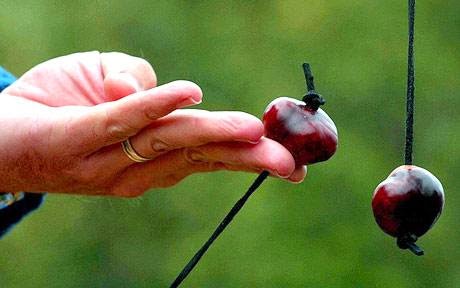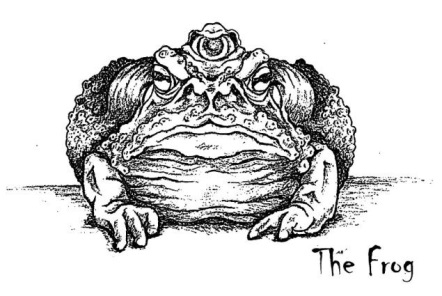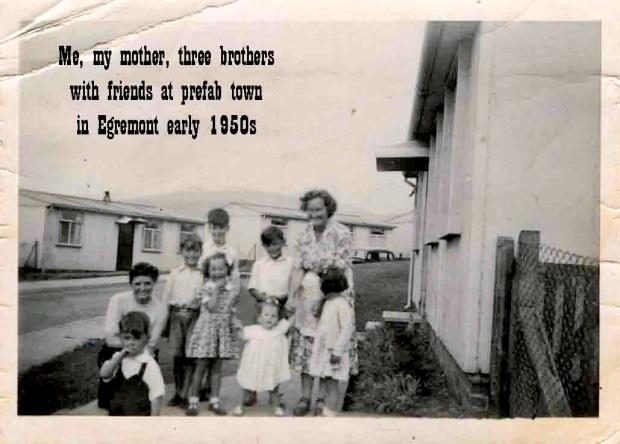Horse Chestnuts
Given the prominent place of conkers in my boyhood, I’d like to briefly explain the history of conkers, which are such magnificent species. Nearly all the boys of my age were crazily obsessed with conkers, also known as horse chestnuts. They ripen and emerge from their green spiky shells, signaling the end of summer and the beginning of autumn. This may not be the best season, but at least boys could typically amuse themselves in the school playground by playing with conkers.
We were interested in anything hanging from trees such as conkers, apples, pears, and other fruits. The latter, at least, were edible. Horse chestnuts, on the other hand, are not in the list of edible nuts even though they look delicious.
One might also imagine that because they are called ‘horse’ chestnuts that they are eaten by horses; this doesn’t seem to be the case either. This is among the things that bothered me as a child and still does. I mean, who gave names to some of these trees and their nuts?! I can’t remember seeing any trees bearing edible chestnuts in the English countryside, where I spent my childhood unfortunately, but I seem to remember seeing them in France when I was older.
Cultural Difference
Looking back, this obsession seems rather odd now that I live in Norway. Although there are fewer horse chestnut trees in Norway, they are hardly of any use to Norwegian children; children might sometimes pick a few off the ground to have as some kind of decorative treasure, but otherwise, show little to no interest in them.
But then Norwegian children are not interested in scavenging other ‘fruits’ unless accompanied by their parents or teachers (as of the 21st century). Their behaviour and activities is more or less ‘controlled’ by adults. Hence, they have few opportunities to participate in ‘Lord of the Flies’ activities. In other words, they are like ‘serfs’ – their activities controlled by the dictatorial ‘lords’ – the adults.
Conkerer vs. Conqueror
We can’t pass over the similarity between the word ‘conker’ and ‘conqueror’. Margaret Thatcher and other Conservative politicians have emphasised the importance of ‘1066 and all that’. In other words, if children learn nothing else at school, they should remember the date of 1066 when ‘William the conkerer’ conkered Britain.
In retrospect, why should they learn this? One can assume that Conservative politicians are ignorant and not aware of the fact that William was a Norse Frenchman who refused to speak English. Without going into a deeper discussion here, traditionally, the English ‘hate’ the French.
A Short History of Conkers by Terry Hampton
For those who don’t have any idea about what a conker is, here is a compression version of a post written by Terry Hampton on Tony’s Musing’s website describing the many different kinds of conkers:
AUTUMN is not only a season of mists when the leaves are green then turn to brown – but to one group of misunderstood people it is the most important time of the whole year.
Autumn means conkers. The prickly green husks are cracked open and the glossy contents eagerly examined for the perfect conker. (Pearl-divers have a similar tho’ more valuable hobby.)
(…) the not well known history of the humble conker:
Julius and William
JULIUS CAESAR is the first recorded, unashamed conker player – did you know that? His famous Latin boast was VENT, VIDI, VICI – which translated means “I came, I saw, I conquered.” (notice how non-conker playing historians have altered the spelling of the original “conkered.”). The date Caesar was playing conkers? About 46 BC.
Conkers were also involved in Caesar’s assassination. Again, the clue here is the famous question the dictator asked Brutus -ET TO, BRUTE? (tr. and you, Brutus?”). What really happened was that the avid conker champion Caesar was asking Brutus if he’d remembered to bring his conkers to the Senate house that morning. Clearly Brutus had forgotten his nuts, and in a terrible fit of pique he stabbed the divine Julius to death. Moral – always carry your conkers with you.
An English King (well, Norman really) everyone has heard of was William the … yes, Conqueror! Ah – you had never realised the significance of his name before had you? William was the ‘conkerer’ – champion of Falaise, and he brought his reputation with him to England.”
Wars and History
Going back to the history of conkers, as well as my own history with it. I realized some patterns. Most boys, like politicians and war historians, are inveterate liars; however, they were usually not very good ones. The trick was to convince other boys that you were telling the truth when speaking about the ‘war record’ of your conker. Any historian will tell you that the casualties reported in historical documents are rarely anywhere near the truth. They were often reported only to put the army or the country in a good light.
After all, it is those who are left after a war that tell their story, and it doesn’t have to be the truth. A boy is of course only concerned about the casualties and victories of his own conker battles. It would be absurd to suddenly show interest in another boy’s conkers, except when it might in some way result in stealing some of the glory from the other boy’s conker.
As mentioned elsewhere here, past experiences are not so interesting if we can’t relate them to present realities. Thus, in the present criminal invasion of Ukraine, both sides claim ‘victories’ (the number of men of the opposing army killed).




One Reply to “The History of Conkers aka Horse Chestnuts”